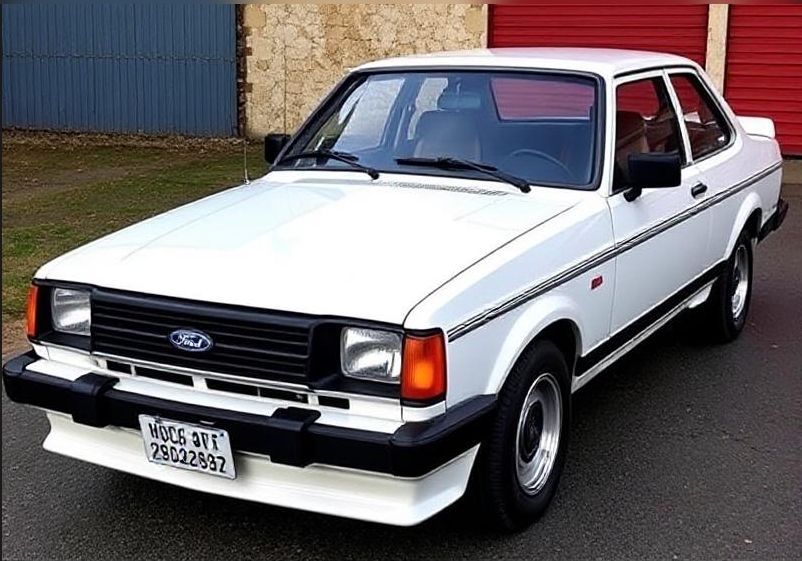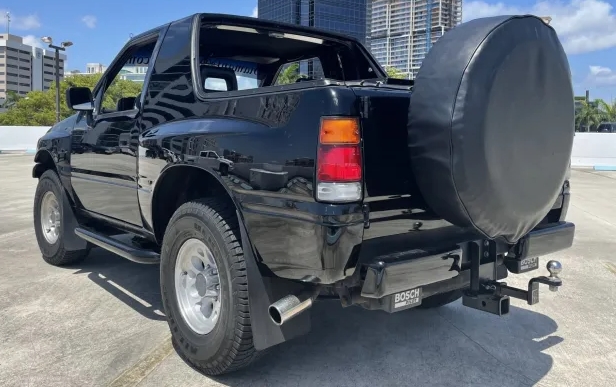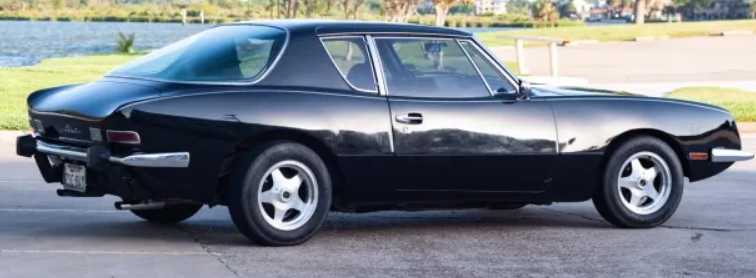The Evolution of the Ford Escort: A Comprehensive Journey Through Time
The Ford Escort, one of the iconic models in automotive history, has undergone an impressive evolution since its inception in 1967. Initially launched as a compact car designed to offer efficiency and practicality, the Escort has transitioned through multiple generations, reflecting changes in consumer preferences, automotive technology, and economic conditions. This article delves deep into the Ford Escort’s history, exploring its various models, trim levels, and cultural significance throughout the years.
First Generation (1967-1974)
The Ford Escort was introduced in 1967 in Britain as a response to the growing demand for small cars. The first generation was designed by Ford of Britain and instantly became a favorite due to its affordability and versatility.
Models and Trim Levels:
- Escort 1100: The base model powered by a 1.1-liter, four-cylinder engine, boasting a simple design and solid performance.
- Escort 1300: With a 1.3-liter engine, this model offered slightly more power and amenities.
- Escort 1600: This introduced sportier aspects, catering to a younger audience interested in performance.
In 1971, the Escort was facelifted, reflecting changing design trends. The introduction of the Sport variants, including the 1300 GT and 1600 GT, added more excitement to the lineup, featuring improved suspension and aesthetics.
Second Generation (1975-1980)
Launched in 1975, the second-generation Escort saw Ford embracing a more modern design and technological advancements. Equipped with more refined engines and additional features, the Escort continued to capture the hearts of the British public.
Models and Trim Levels:
- Base Model: Continued the legacy of affordability with improved styling.
- L: A better-equipped version, offering more comfort and choices in interior materials.
- GL: The upscale version that introduced more luxury touches.
- Sport: Emphasizing performance, sporting a 1.6-liter engine and distinctive design elements.
During this generation, the Escort was also produced in various body styles, including a four-door sedan, two-door coupe, and a five-door hatchback, giving buyers more choices.
Third Generation (1980-1986)
In 1980, Ford launched the third generation of the Escort, featuring a more aerodynamic design and advanced engineering. This generation was crucial, as it marked the Escort’s introduction to international markets, including North America.
Models and Trim Levels:
- Escort Base: Affordable and practical, ideal for young families or first-time buyers.
- GL: Introduced additional comfort features and optional upgrades like air conditioning.
- XR3 and XR3i: These sporty variants included performance enhancements and aesthetic modifications that appealed to younger, performance-oriented drivers.
- Diesel Models: With the fuel crisis of the 1970s still a concern, Ford introduced diesel variants, expanding the Escort’s appeal.
The third generation saw significant success, particularly in rallying, with the Escort becoming a rally star in events like the World Rally Championship.
Fourth Generation (1986-1990)
Ford reinvented the Escort again in 1986, introducing a completely new design that emphasized aerodynamics and fuel efficiency. The fourth generation featured a modern appearance compared to its predecessors.
Models and Trim Levels:
- Base Model: Offered essential features for budget-conscious consumers.
- GL: Similar to earlier generations, maintaining the trend of comfort and good value.
- Ghia: Introduced a more luxurious trim with enhanced features and upscale finishes.
- RS Turbo: A high-performance version that catered to enthusiasts, it became a sought-after model due to its turbocharged engine and sporty handling.
This generation continued its success in motorsport, with the RS models achieving notable victories.
.
SEARCHING for those hard to find FORD manuals, guides & books?
This place has you covered! SEE All FORD Manuals From 1920 – 1989.
CHOOSE the year of your vehicle:

.
Fifth Generation (1990-1996)
The fifth generation saw a transformation that took the Escort into a new era. It was designed to be more spacious and comfortable while also maintaining good handling and efficiency.
Models and Trim Levels:
- Base Model: Continued the tradition of offering essential features at a competitive price.
- LX: An improved version that added comfort features and aesthetic touches.
- Si: A sporty version with a more powerful engine and sport-tuned suspension.
- RS2000: This performance variant sported a larger engine and was a favorite among driving enthusiasts.
This era also experienced the introduction of the Escort in various body styles, including station wagons and cabriolets, catering to a broad market spectrum.
Sixth Generation (1996-2002)
The sixth generation of the Ford Escort, produced from 1996 to 2002, marked a significant change as Ford sought to modernize the model further and appeal to a more diverse audience.
Models and Trim Levels:
- Base 1.6: The standard model equipped for practicality.
- Freestyle: Aimed at the lifestyle market, with rugged styling and versatile space.
- Zetec: Sporty versions that emphasized performance.
- RS2000: Continued the tradition of performance while offering modern amenities.
This generation faced intense competition from other compact vehicles, and while it sold well, it struggled to match the acclaim and performance features of earlier models.
Seventh Generation (2002-2009)
The seventh generation brought a significant shift, as Ford decided to shift the Escort’s branding strategy—by the late 2000s, the model became available primarily in Europe while North America moved to the more competitively marketed Ford Focus.
Models and Trim Levels:
- Base Model: Maintained affordability but offered fewer standard features than in previous generations.
- Zetec S: A sporty trim focusing on performance and handling.
- Titanium: This top-tier model included high-end features and finishes.
While the Escort nameplate was important for Ford globally, the company decided that the Focus would represent its compact car efforts moving forward.
Conclusion
Throughout its forty-year history, the Ford Escort has represented an ever-evolving narrative in the automobile industry. From its humble origins in Britain to its international endeavors, the Escort became synonymous with practicality, innovation, and sportiness in various forms.
Although the Escort nameplate was retired, its legacy lives on in the hearts of enthusiasts and in the data points of automotive sales history. As Ford continues to innovate and adapt to the changing landscape of automotive technology and consumer preferences, the foundational lessons learned from the Ford Escort’s evolution remain pressed into the fabric of the Ford brand.







